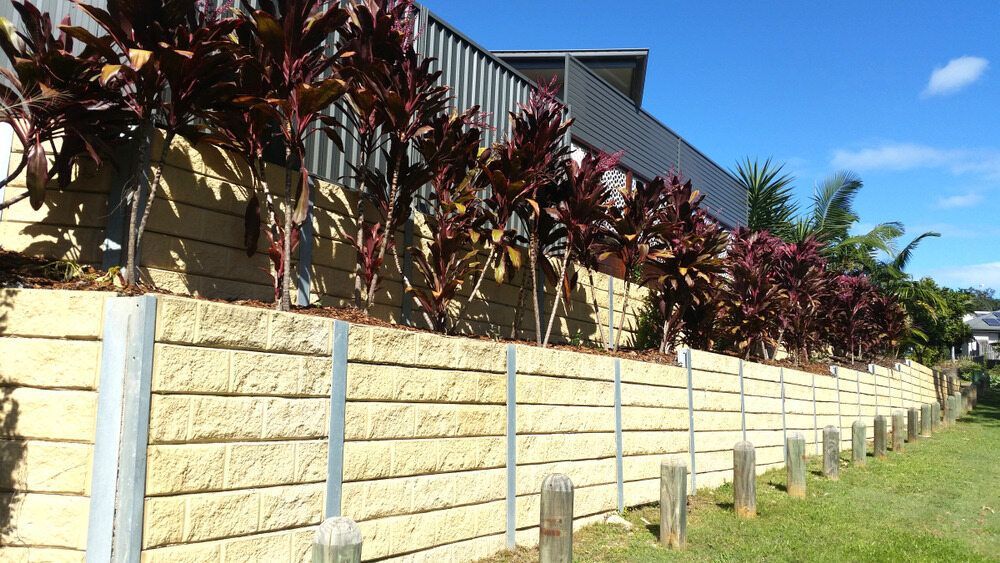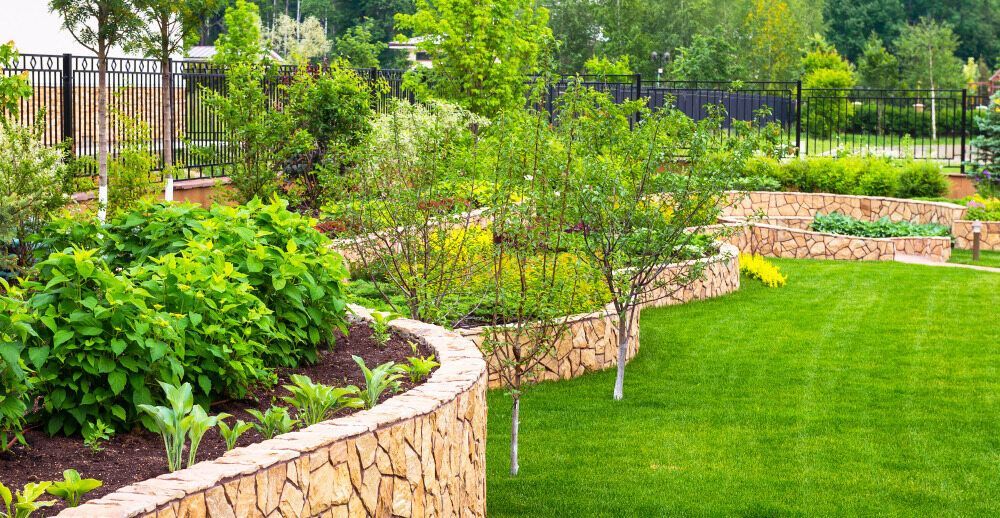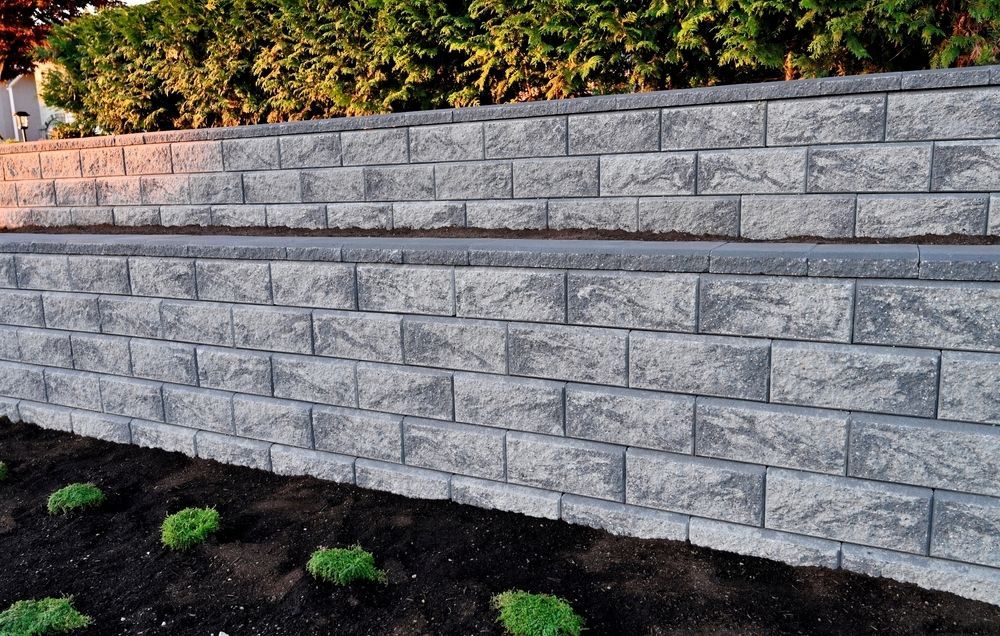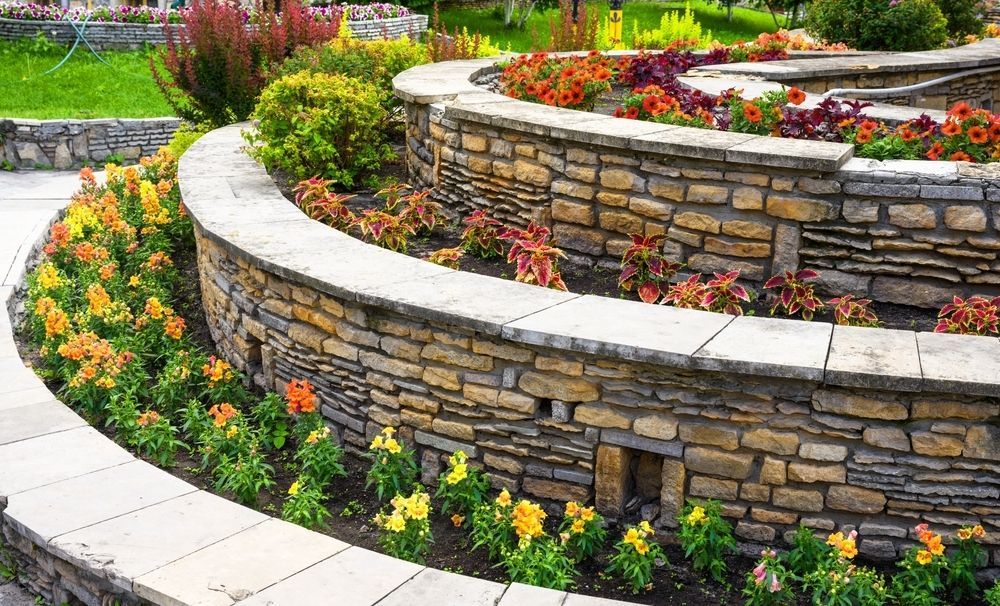Retaining Walls in Newcastle
Start Your Project
Thank you for contacting Lakecrest Projects.
We will get back to you as soon as possible.
Please try again later.
Newcastle Retaining Walls
Got a sloped or uneven block? A retaining wall isn’t just about holding back soil — it’s a smart way to create more usable space, improve drainage, and prevent future issues with erosion or runoff. Lakecrest Projects delivers retaining walls across Newcastle that are built for strength, structure and long-term value.
We understand the challenges of different block shapes and local soil conditions, especially in hilly areas, so whether it’s to level out a backyard, define a garden bed, or support a driveway, we’ll make sure it’s done right from the ground up.
Every wall we install is designed to solve a problem while blending into your space.
Call
0438 895 129 to book a site visit and see how we can help improve your yard.
Frequently Asked Questions
What’s the difference between gravity, cantilever and sleeper retaining walls?
Gravity retaining walls rely on their own weight and bulk to resist pressure from soil. They're typically made from heavy materials like concrete or stone. Cantilever walls are reinforced structures that use a base slab and leverage to hold back soil — they’re stronger and suitable for taller or more complex needs. Sleeper walls, often timber or concrete, are more straightforward and commonly used in domestic landscaping for low to medium-height applications.
Do retaining walls need drainage behind them?
Yes, proper drainage is essential for the longevity and stability of any retaining wall. Without it, water builds up behind the wall, increasing pressure and risking collapse or erosion. Most designs include gravel backfill, weep holes, or agricultural drains to manage runoff. Good drainage helps prevent structural failure and reduces the risk of moisture damage to nearby areas.
How high can a retaining wall be before council approval is required?
Regulations vary depending on local council rules, but in most parts of Australia, retaining walls over 600mm–1 metre in height require approval. If the wall is near a boundary, supports a structure, or impacts neighbouring land, permits are often necessary regardless of height. It’s best to check with your council early to avoid delays. Engineering design may also be needed for taller or load-bearing walls.
Support That Lasts
A properly built retaining wall does more than look neat — it protects your home and property by managing water flow, soil movement and landscaping boundaries.
If you’re dealing with erosion, unstable ground, or poor access around your yard, a retaining wall might be the best long-term solution. In Newcastle’s coastal and clay-heavy areas, poor drainage can be a real issue. A retaining wall helps prevent water pooling and improves how your yard functions after heavy rain.
When designed to fit your space, retaining walls can also double as seating, steps or built-in garden features. They’re a practical upgrade with real versatility. And when installed with care and local knowledge, they’ll stand up to the elements year after year.
A Smarter Way To Shape Your Space
If your yard is difficult to use, uneven or just not living up to its potential, a retaining wall can completely change the way you interact with your outdoor space.
It can open up areas for entertaining, make mowing and maintenance easier, or simply make the property feel more finished. With a wide range of finishes and structural options available, there’s always a way to make it suit your home’s look as well as its layout.
Planning a retaining wall doesn’t have to be complicated — the key is working with a team that understands both function and design. Get in touch today to talk through your goals and get a tailored plan that works for your yard.






